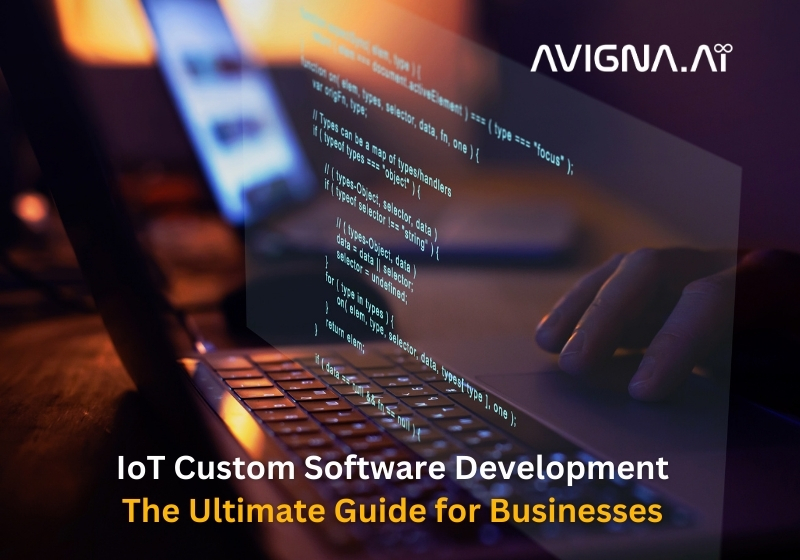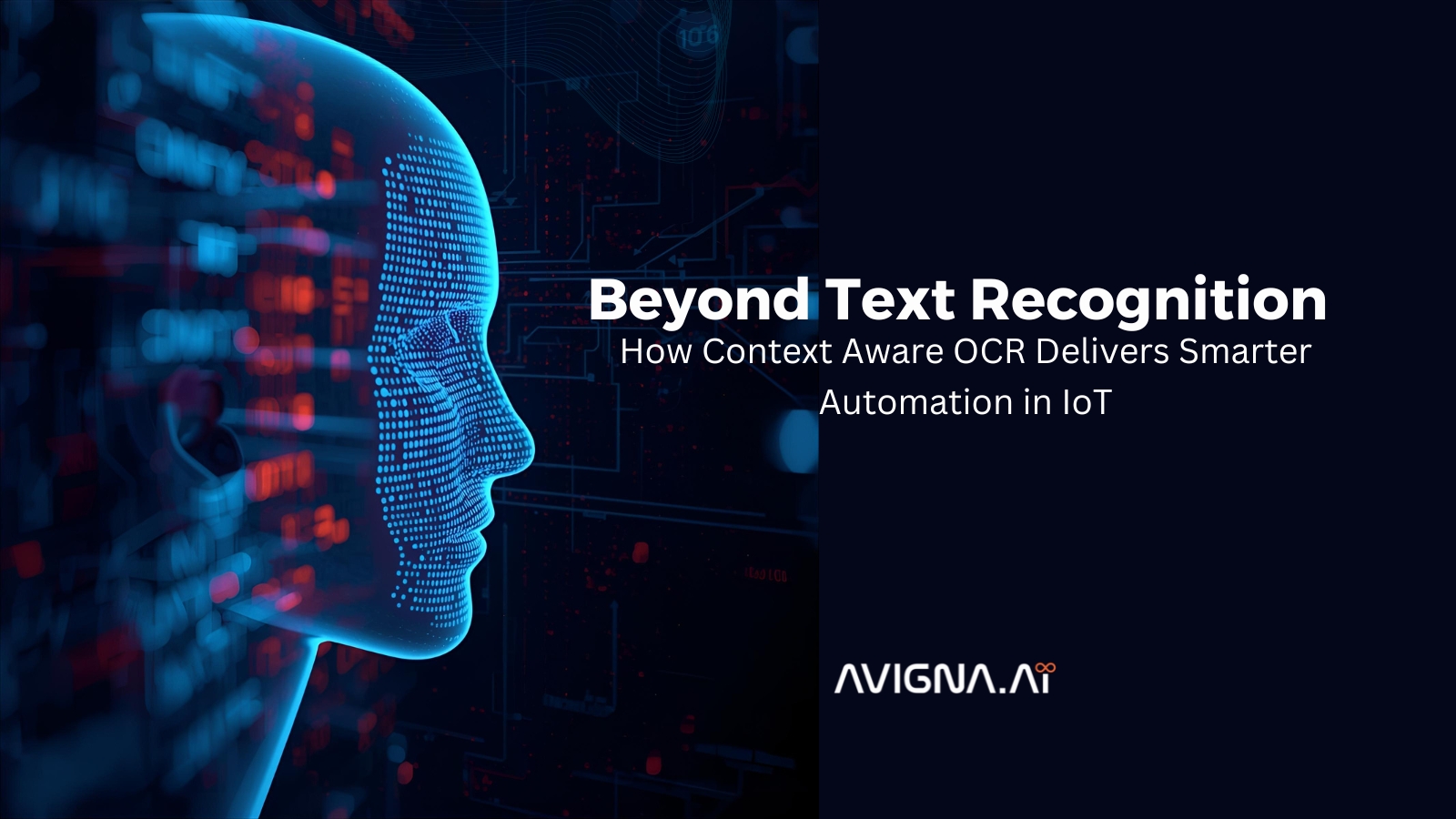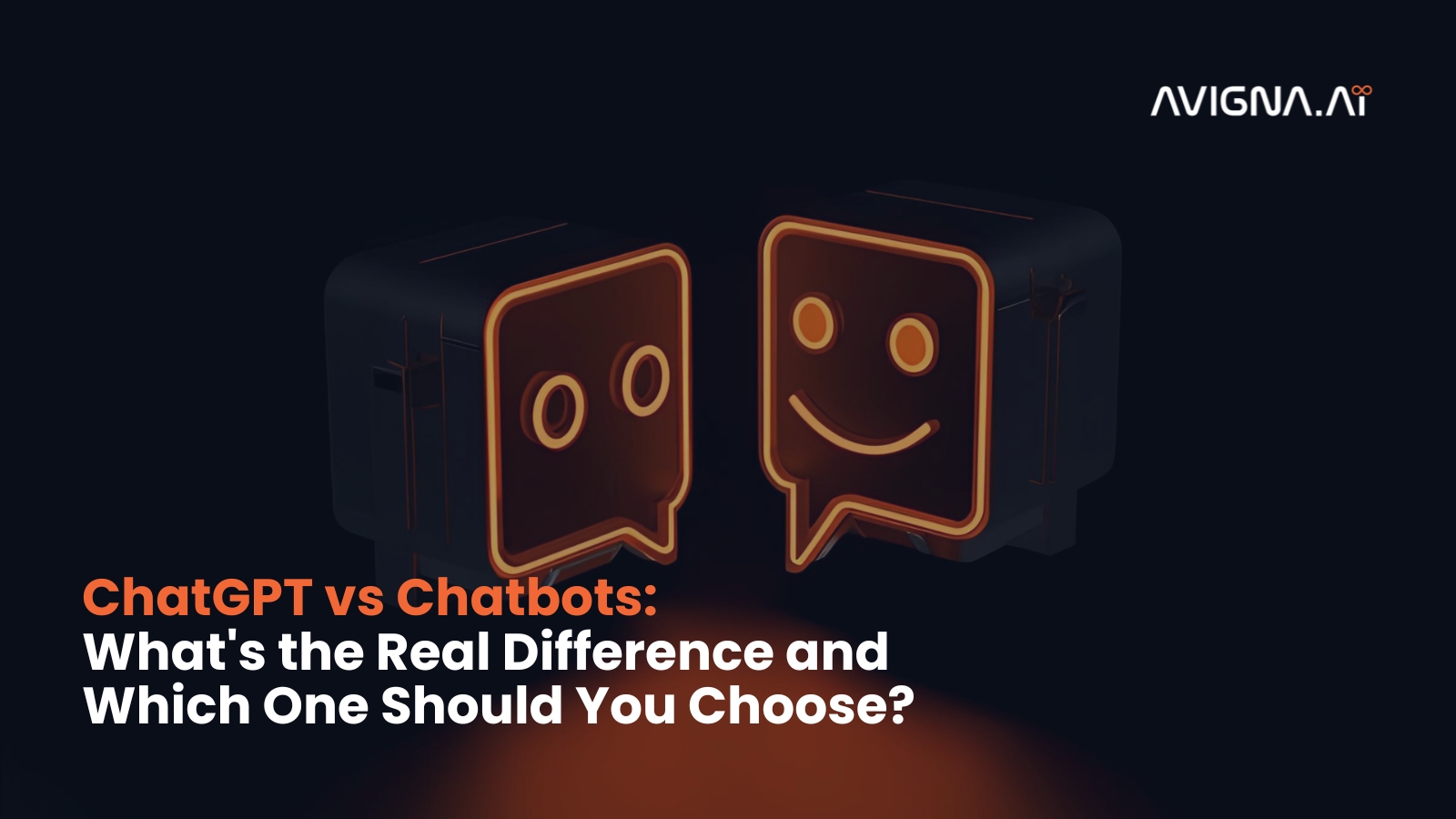IoT Custom Software Development: The Ultimate Guide for Businesses
IoT technology transforms entire industries, boosts efficiencies, and opens new revenue avenues. However, realizing all the benefits of IoT requires a fuller grasp of software development. A IoT Custom Software Development Process that follows a smooth and structured process can provide complete security, scale, and functionality to the solution.
The IoT Software Development Lifecycle
Custom Software Development for IoT is a broad term which covers much, not just for connection of different network systems. To understand it more clearly let us go through the step-by-step guide to IoT software development process:
Requirements Gathering and Analysis:
First and foremost is defining the purpose of such an IoT application. Then you should Identify data capture needs, such as what type of data will be collected, at what frequency, and for which thorough insights. You team should also check technical feasibility and the extent of compatibility with already existing system.
Architecture Design:
After checking the requirements, you should move to architecture design which also includes the edge and cloud processing distribution. You should select the suitable IoT protocols and strategies for device management. Security and compliance considerations should be your top priority when going ahead with any architecture.
Device and Network Layer Development:
You should then go for configuration of the IoT devices and sensors for seamless data collection and communication in IoT Custom Software Development process. This can include setting up network infrastructure comprising gateways, routers, and security measures.
Data Processing and Application Layer Development:
This step involves the establishment of the backend services for the ingestion, storage, and processing of data. You can do this using advanced analytics, machine learning, and artificial intelligence capabilities to produce insights from IoT data. An attractive and simple user interface can help different users to navigate the IoT system functions.
Testing and Deployment:
Then comes the time for testing including security audits, stress tests, and interoperability testing. You should always implement Custom Software Development for IoT in a phased or staged approach. An appropriate monitoring and maintenance regime should be put in place to ensure the reliability and security of the IoT system over time.
Ongoing Optimization and Maintenance:
After deployment you should continually track the performance and health of the IoT Custom Software Development system. It includes regular software and firmware updates against security threats and introduction of new features. Take user feedback which can be evaluated for further optimization and enhancement.
Following this defined approach businesses can ensure that their IoT software development process results in robust, scalable, and secure solutions that are good for added value.
Key Technologies in IoT Software Development
Programming Languages and Frameworks
IoT Custom Software Development has many programming languages and frameworks for domain tasks and requirements. Here are some of the most commonly and widely used:
- C/C++: For programming at the low level, application of firmware, and real-time systems, it can be a good choice for your team.
- Python: If your team needs advanced features such as application development, data processing, and working with ML and AI frameworks, go for this language.
- JavaScript (Node.js): It has become popular recently and is used for real-time applications, server-side services, and cross-platform development.
- Java: This works for applications deployed at enterprise levels in IoT, connections with big data technologies, and IoT devices running Android.
- Arduino and MicroPython: You can use these if you need rapid changes or building a low level IoT system in small scale business.
IoT Communication Protocols
Data communication in IoT systems greatly relies on power consumption and data transfer needs for the physical and logical network infrastructure. On this basis, some of the most helpful international IoT communication protocols are listed below:
- MQTT (Message Queue Telemetry Transport): You can use this lightweight publish-subscribe protocol with resource-constrained IoT devices.
- CoAP (Constrained Application Protocol): For your low power or low bandwidth IoT devices CoAP is best case scenario.
- HTTP/HTTPS: You can use it for web-based IoT applications and their integration with cloud-based services.
- LoRaWAN (Long Range Wide Area Network): A low-power, wide-area network protocol for long-range and low-bandwidth IoT applications.
- Bluetooth Low Energy (BLE): Enables low-power, short-range communication for IoT devices, such as wearables or smart home appliances.
Data Storage and Processing
The big data generated by IoT devices calls for very effective data storage and processing systems. Businesses can harness a combination of some or all of these technologies.
- SQL Databases: You can use these traditional means for storing structured data and supporting transactional operations.
- NoSQL Databases: It is generally used for flexible, scalable, high-performance storage of unstructured IoT data.
- Data Streaming Platforms: You can use such platforms for real-time data ingestion, processing, and analysis, e.g., Apache Kafka and Amazon Kinesis.
- Edge Computing: It is helpful when you need data preprocessing, filtering, and analytics at the edge, closest to IoT devices, to minimize latency and network bandwidth expense.
By understanding and leveraging the Custom Software Development for IoT process, businesses can adopt sound, scalable, and cost-effective IoT solutions that address their unique needs.
Conclusion
IoT Custom Software Development changes how companies run their business as it offers unparalleled prospects for maximizing different factors. These factors are efficiency, customer experience, and creating new revenue streams. However, for successful implementation of IoT you can rely on a well-designed procedure that facilitates connectivity between devices and processes data into an intelligent decision-making system.
Ready to bring your IoT vision to life? Get in touch with us today to start building your custom IoT solutions tailored to your needs.





